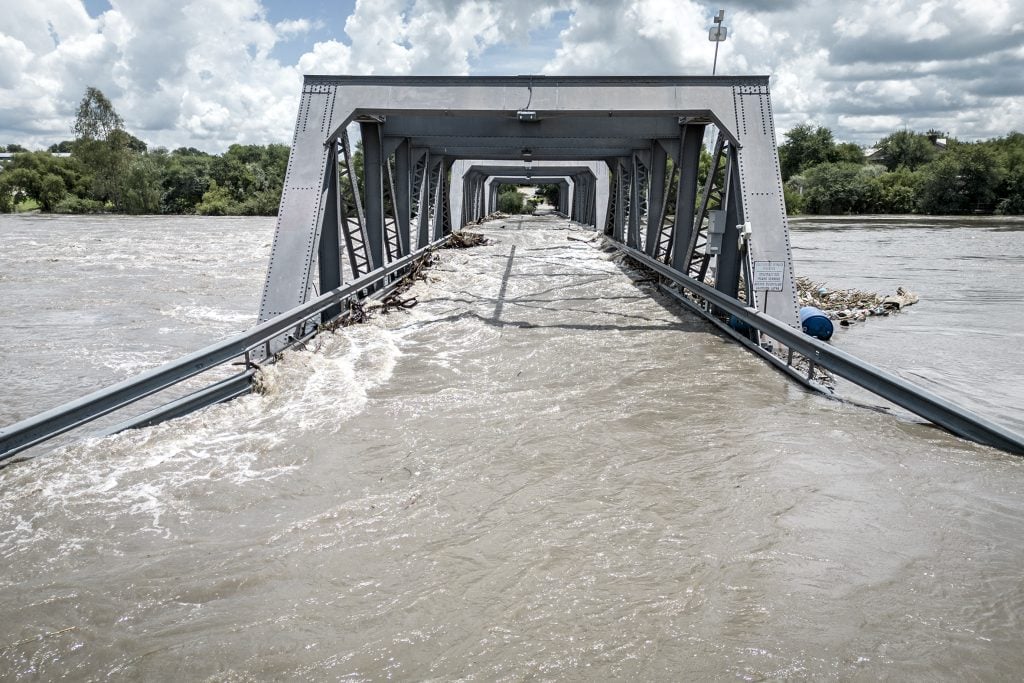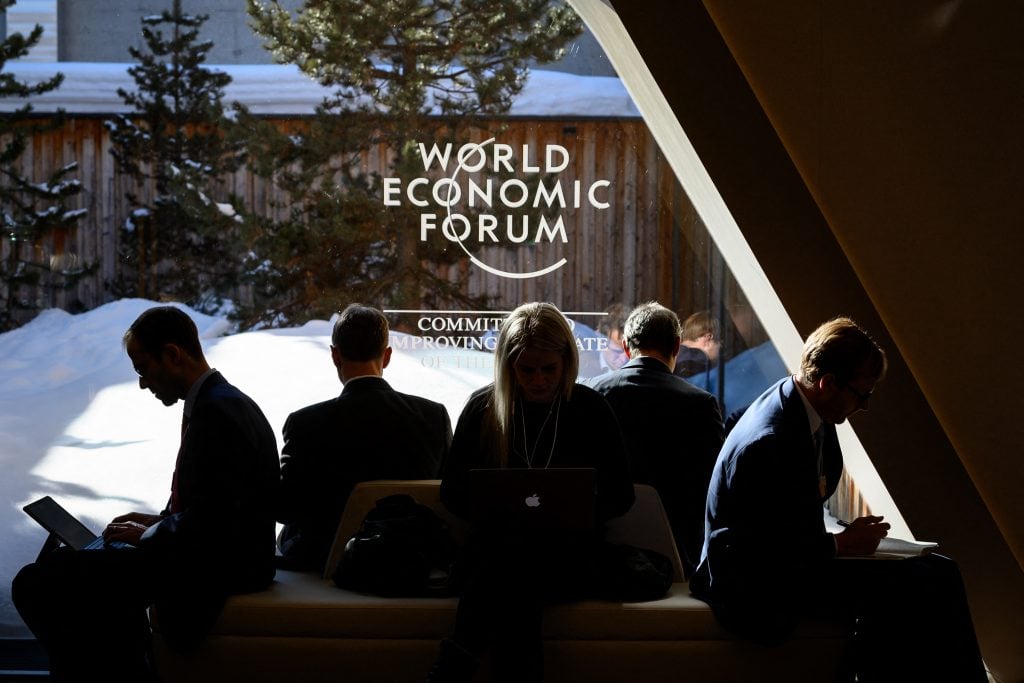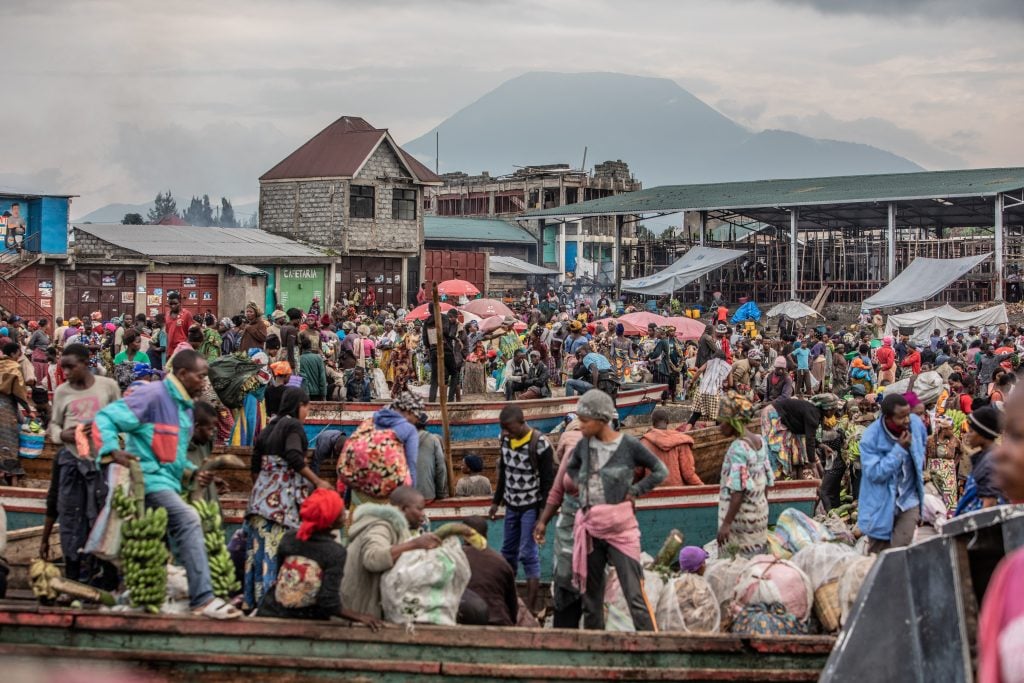
When the rains come now, they no longer fall – they strike. They beat against tin roofs, turn roads into rivers, and leave children staring at what used to be their schools. Then the skies clear, and drought returns. In one season, Africa can swing from too much water to none at all. We have become a continent living between disasters.
According to the UNEP Adaptation Gap Report 2025, the world is providing just $26bn a year to help vulnerable nations adapt to the climate crisis – a figure that actually fell from $28bn in 2022. Meanwhile, developing countries collectively need between $310bn and $365bn every year by 2035 just to cope. Africa alone needs $51bn annually, yet it receives barely $12.9bn. Numbers can sound abstract, but each missing dollar is a farm unprotected, a coastline unshielded, a life left in the path of a storm.
At COP30 in Belém, the world gathers once again – this time under the banner of adaptation. Brazil’s presidency calls it “the COP of adaptation.” For Africa, it must be more than a slogan. It must be the summit where words turn into survival.
It’s hard to reconcile the poetry of promises with the poverty of delivery. In Glasgow, the world vowed to double adaptation finance to $40bn by 2025. That target is already out of reach. The UNEP data show that adaptation flows have declined even as the damage mounts.
Globally, adaptation finance is now 12 to 14 times below what is needed. For Africa, the imbalance borders on neglect. The world pours trillions into clean energy in the North, yet can barely sustain billions for resilience in the South. We are told to be patient, to wait for mechanisms and metrics, as if storms pause for paperwork.
And yet the economics are clear. Systemiq’s Returns on Resilience report finds that every dollar invested in adaptation yields at least four dollars in economic benefit. The Brookings Institution estimates that failing to close Africa’s adaptation gap could cost the continent up to $6 trillion in lost opportunities by 2035.
Adaptation is not charity – it’s common sense. It keeps markets functioning, supply chains stable, and societies from unravelling. When cocoa harvests fail in West Africa and global prices surge, the world tastes the cost of inaction.
In Africa, 95% of adaptation finance in 2023 came from public sources – governments, development banks, and multilateral funds. Private finance made up only 5%, and most of that was philanthropic. The hard truth is that adaptation doesn’t fit neatly into the logic of profit.
A seawall doesn’t earn revenue. A drought-resistant seed saves lives but not necessarily dividends. These are investments in stability, not speculation – and so they must be anchored in public finance. Even with blended mechanisms or adaptation bonds, private capital can only ever play a supporting role.
Worse still, 58% of global adaptation finance currently comes as debt. The situation is even more dire in Africa, where the Global Center on Adaptation’s Resilient Economies Index finds that debt makes up 62% of adaptation finance. That is not resilience; it’s a contradiction. Debt cannot make poor countries more secure — it makes them more brittle. Many African governments already spend more on interest payments than on health or education. To ask them to borrow in order to survive the climate crisis is to mistake a lifeline for a noose.
At COP30, the world must finally draw a line: at least 70% of adaptation finance should come as grants or concessional funds. That is not generosity – it is arithmetic justice. Without that shift, resilience will remain the privilege of the solvent.
Africa does not need sympathy; it needs scale. The Climate Policy Initiative estimates the continent will require over $100bn a year in adaptation finance within the next decade. The least developed countries have asked for a tripling of global adaptation funds to about $78bn a year – but even that, if every cent flowed to Africa, would fall short.
To meet real needs, adaptation finance must at least quadruple globally, reaching $182bn per year by the early 2030s. That is the floor, not the ceiling, of credibility.
Yet quantity alone will not suffice. Between 2014 and 2018, less than half of committed adaptation funds in Africa were actually disbursed, trapped in bureaucratic webs and overlapping ministries. The international system still rewards paperwork over performance. The Green Climate Fund’s processes favour those with bigger bureaucracies, not those with greater risk. The result: the most climate-vulnerable countries often get the least help.
To fix this, adaptation finance must move closer to the ground. Regional development banks, local governments, and community networks must have direct access to funds. Every dollar should build capacity, not just infrastructure.
Africa has not been idle. Across the continent, governments are integrating climate risk into budgets, farmers are adopting new crops, cities are rethinking water and waste. The Resilient Economies Index finds that many of our governments are making substantive efforts to create actionable and results-oriented policy instruments for adaptation. What we lack is not imagination – it’s investment.
Adaptation finance is not an African request; it is a global necessity. The stability of markets, migration, and food systems depends on it. The floods that drown our fields today will one day find their way into the balance sheets of faraway economies.
The world missed the 1.5°C target. It cannot afford to miss its adaptation moment. The real test in Belém will not be who speaks most passionately, but who acts most decisively – who turns promises into protection, and finance into the simple right to endure.
I call on all parties negotiating at COP30 in Belem to make scaling adaptation finance their priority, and to ensure that at least 90% of it be public finance, and at least 70% of it be grants and concessional finance.
Because for Africa, adaptation is not merely a development goal. It is the price of survival.





Recent Comments